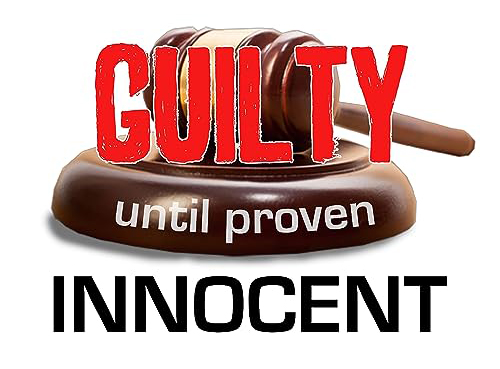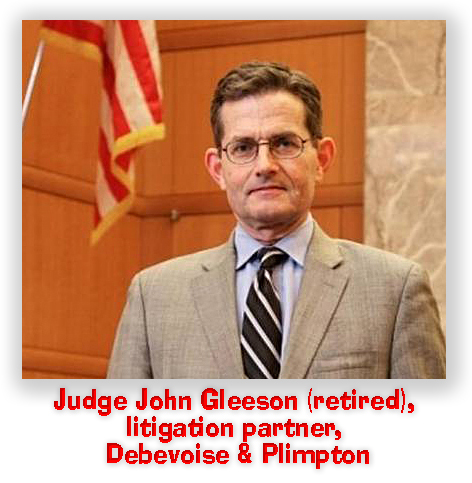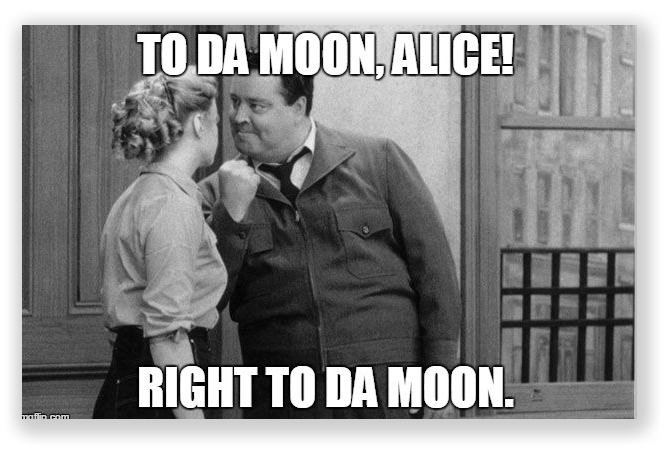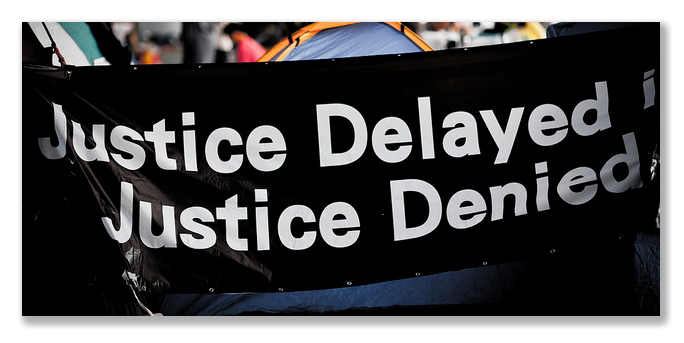We post news and comment on federal criminal justice issues, focused primarily on trial and post-conviction matters, legislative initiatives, and sentencing issues.

LONG ODDS
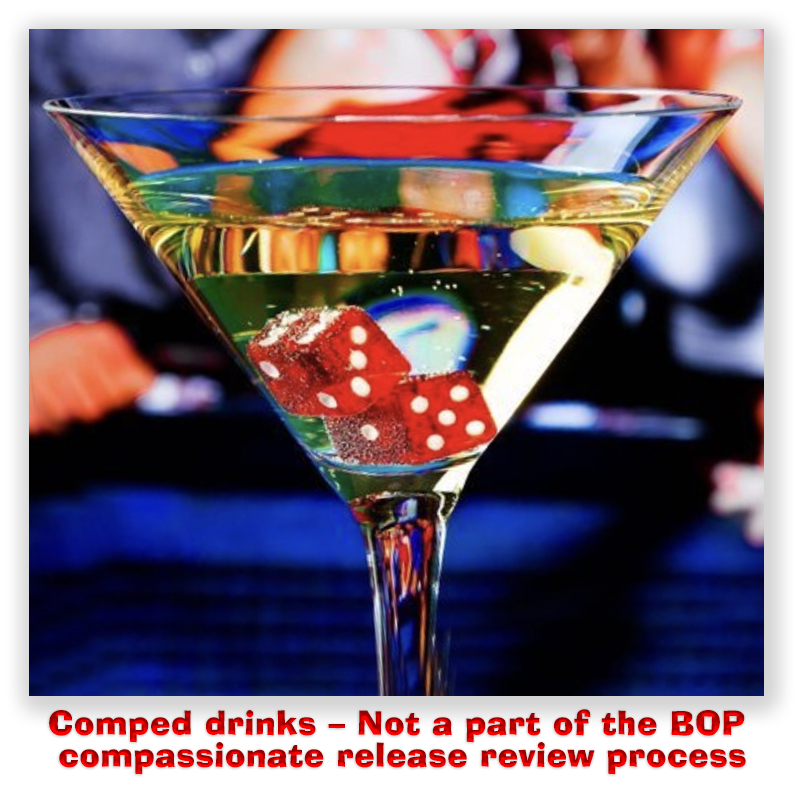 There’s a difference between Las Vegas and asking the Bureau of Prisons to bring a compassionate release motion under 18 USC § 3582(c)(1)(A) on your behalf. In Vegas, they comp you drinks while you’re trying to beat impossible odds.
There’s a difference between Las Vegas and asking the Bureau of Prisons to bring a compassionate release motion under 18 USC § 3582(c)(1)(A) on your behalf. In Vegas, they comp you drinks while you’re trying to beat impossible odds.
Under § 3582(c)(1)(A), a prisoner seeking grant of a compassionate release sentence reduction from his or her court must first ask the BOP to file the motion on the inmate’s behalf. This provision was a bone thrown to the BOP when Congress – disgusted after years of the BOP being the exclusive gatekeeper for compassionate release motions without using the authority as Congress intended (or even competently, for that matter) – changed the statute as part of the First Step Act to empower inmates to file directly for compassionate release. Just so the Director wouldn’t pout that power had been stripped from the BOP to lord it over prisoners even beyond control needed for legitimate penological purposes, Congress wrote in a requirement that the prisoner ask the BOP to file the motion on the inmate’s behalf before the inmate was able to bring the motion on his or her own motion.
Of course, in the real world, this creates no incentive for a warden, who has three choices when confronted with such a request:
• If the warden grants the prisoner’s compassionate release request, a package justifying the recommendation that the BOP involve a U.S. Attorney to bring the motion has to be prepared and forwarded to the BOP Regional Office. If the Regional Office approves, the request goes to the BOP Office of General Counsel. If the GC OKs it, it goes to the Director. If the Director approves it, the motion must be prepared by the appropriate US Attorney and filed with the prisoner’s sentencing judge.
• If the warden denies the request, a document must be prepared and delivered to the prisoner explaining the denial, after which the prisoner may file a motion with his or her sentencing judge.
• If the warden ignores the request, after 30 days the prisoner may file a motion with his or her sentencing judge.
Knowing that a bureaucracy, like water and electricity, seeks the path of least resistance, which of these options is the easiest for the warden? Or which is least likely to reflect badly on the prison administration if a compassionate release turns into a Willie Horton?
 The Dept of Justice knows. In its First Step Act Annual Report – June 2024, the DOJ disclosed that from January 2019 — the first time prisoners could file for compassionate release on their own — through January 2024, prisoners filed 32,991 motions for compassionate release in federal courts. Of that number, the BOP approved 172 such requests. Of that number, 127 approvals were based on the prisoner’s terminal illness, 39 approvals were based on the inmates’s debilitated medical condition, two approvals were for “elderly inmates with medical conditions,” and four requests were based on sexual abuse the prisoner experienced while in custody.
The Dept of Justice knows. In its First Step Act Annual Report – June 2024, the DOJ disclosed that from January 2019 — the first time prisoners could file for compassionate release on their own — through January 2024, prisoners filed 32,991 motions for compassionate release in federal courts. Of that number, the BOP approved 172 such requests. Of that number, 127 approvals were based on the prisoner’s terminal illness, 39 approvals were based on the inmates’s debilitated medical condition, two approvals were for “elderly inmates with medical conditions,” and four requests were based on sexual abuse the prisoner experienced while in custody.
In other words, BOP compassionate release approval stands at 0.5214%, about one out of 200.
And what of those requests for compassionate release that prisoners filed after being turned down? The Sentencing Commission reports that through March 2024, 32.412 such motions had been filed in court, and 5,190 of those (16%) had been granted. Every one of those 5,190 grants was first rejected as unworthy by the BOP.
The rule in the BOP? Deny, deny, deny. Or maybe ignore, ignore, ignore.
So why should the prisoner not just take the commutation route, asking President Joe Biden – who promised to fix the exercise of presidential clemency – for early release?
 Axios reported last weekend that President Biden has continued a trend of increasingly stingy grants of commutation or pardon. In four years, Jimmy Carter granted 21.6% of clemency petitions. Ronald Reagan granted 11.9% over eight years. Bill Clinton granted 6.1%, Barack Obama 5.3%. Even Donald Trump granted 2.0%.
Axios reported last weekend that President Biden has continued a trend of increasingly stingy grants of commutation or pardon. In four years, Jimmy Carter granted 21.6% of clemency petitions. Ronald Reagan granted 11.9% over eight years. Bill Clinton granted 6.1%, Barack Obama 5.3%. Even Donald Trump granted 2.0%.
So far, excluding Biden’s meaningless mass pardon of marijuana possession offenses that promised 13,000 pardons but has so far only delivered for about 205 people, Biden has granted 1.3% of clemency requests, the lowest percentage of any president in at least the last 50 years.
A clemency petition passes through seven layers of review, a cumbersome process Biden has worsened by requiring input from the Domestic Policy Council. Mark Osler, a law professor and expert on clemency, said, “Biden seems to be stuck with is a system of analysis that doesn’t work and hasn’t worked for his predecessors either.”
Frank Bowman, a law professor who has written extensively on the pardon power, cited the “nasty politics of our era” as a significant factor in making the use of clemency power problematic.
 No president wants to needlessly create a Willie Horton moment, to grant clemency to someone in prison who then commits a new offense that becomes grist in the campaign mill.
No president wants to needlessly create a Willie Horton moment, to grant clemency to someone in prison who then commits a new offense that becomes grist in the campaign mill.
Thus, denial (or just inaction) becomes as appealing to a president as it is to a warden.
US Sentencing Commission, Compassionate Release Data Report – Fiscal Year 2024, 2nd Quarter
Dept of Justice. First Step Act Annual Report – June 2024
Axios, Why presidents are wielding their pardon powers less and less (July 13)
– Thomas L. Root








